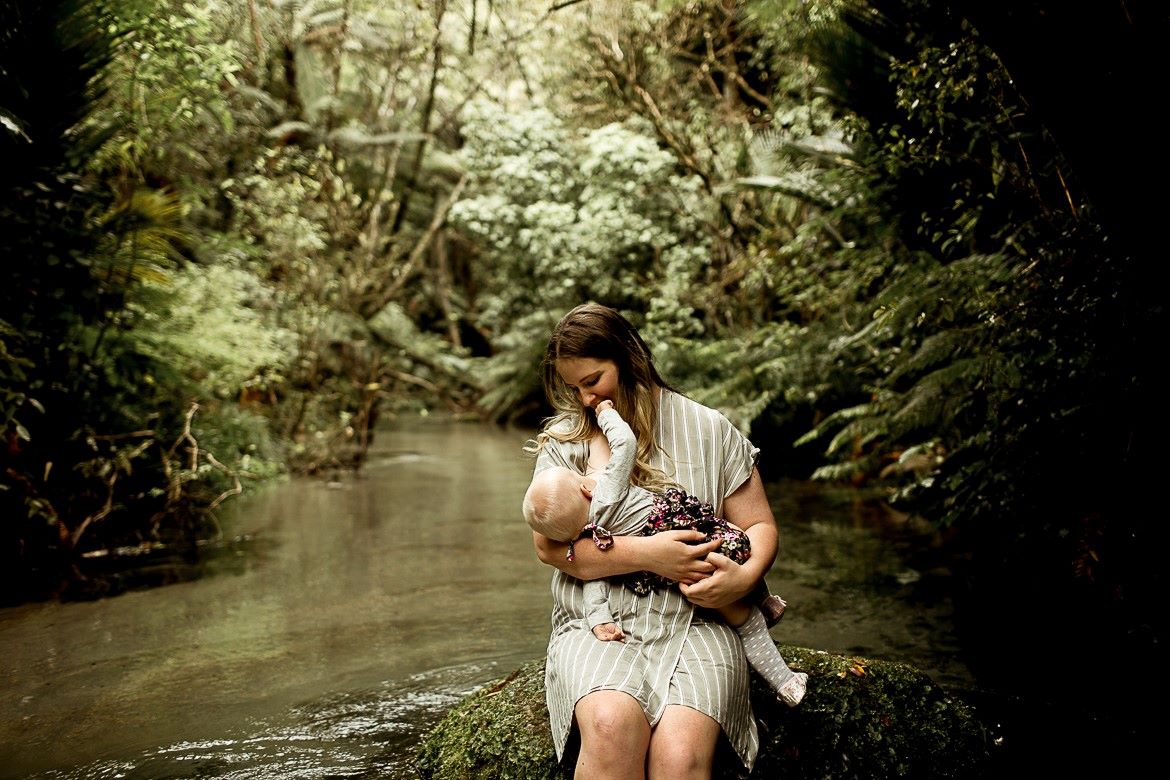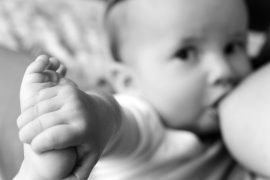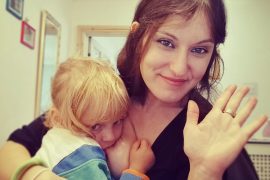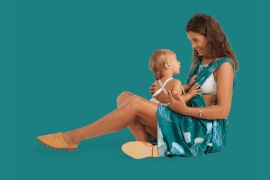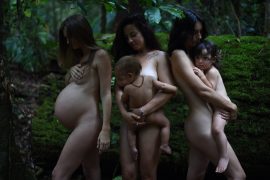By Emma Pickett
If you spend 10 minutes in a social media group where breastfeeding older children is the norm, you’ll come across the topic of toddler twiddling.
Toddlers enjoy fiddling generally: the little plastic figure in their hand, the toy car, your car keys, your glasses. It’s how they explore their world, develop their fine motor skills, calm themselves and occupy themselves.
And when they are breastfeeding, the other nipple often looks like another appealing button. Some stroke, some twist, some pull, some rub between a finger and thumb, some twiddle to get to sleep. And the nipple-owner is often struggling. If it doesn’t bother you, you can ignore this conversation. But too often, we are uber-bothered.
If your toddler enjoyed poking you in the eye during breastfeeding, how many times would you tolerate that?
I’m thinking perhaps once or twice.
Imagine if their favourite thing was fiddling with your eyelashes? Imagine the sticky little fingers and teeny fingernails. That’s going to happen for half a day MAX. We’d say things like, “I don’t like that. That hurts my eye. That makes me feel uncomfortable. Please don’t touch my eye.”
Too often, I’ve seen breastfeeding twiddling tolerated even when it bothers someone just as much.
I think because it’s the nipple, we somehow feel as though it’s part of breastfeeding. We might read something about how the nursling is stimulating a letdown reflex and think, ‘it’s natural so I’m stuck’. Or because you can see it gives them comfort and soothes them, you feel obliged to tolerate it. Of course, it often creeps up on you. Sometimes literally (with a hand suddenly thrust down your t-shirt) but I also mean figuratively. It starts when they are small when it doesn’t bother you that much and gradually becomes the norm without you ever having remembering consenting.
And consent is a relevant word here. I say this a lot when I talk about breastfeeding older children. This is their first intimate relationship.
This is a model for how important relationships are going to go in their life and it’s about far more than milk delivery and about far more than their comfort. You are teaching them slowly and gradually, that you are a person too. Child-led weaning is not a scenario where empathy has been removed. Natural-term breastfeeding is not about teaching your child that your feelings don’t matter. What a waste of a vital life lesson.
When breastfeeding starts out, they don’t even realise you are a separate person. And often, we don’t feel like a separate person. But as the months and then the years go by, that changes and it should change. We have times when we have to do something else. We have times when we have to care for someone else. We have times when we have to care for ourselves. We have times when we don’t feel like breastfeeding.
Too often, we think that the phrase often used in conjunction with natural-term breastfeeding, “Don’t offer, Don’t refuse”, means that to ‘refuse’ is a betrayal of breastfeeding. But refusal (or let’s call it ‘negotiation’ instead) is a cherished opportunity to teach that humans in this world become better humans when they care about others.

